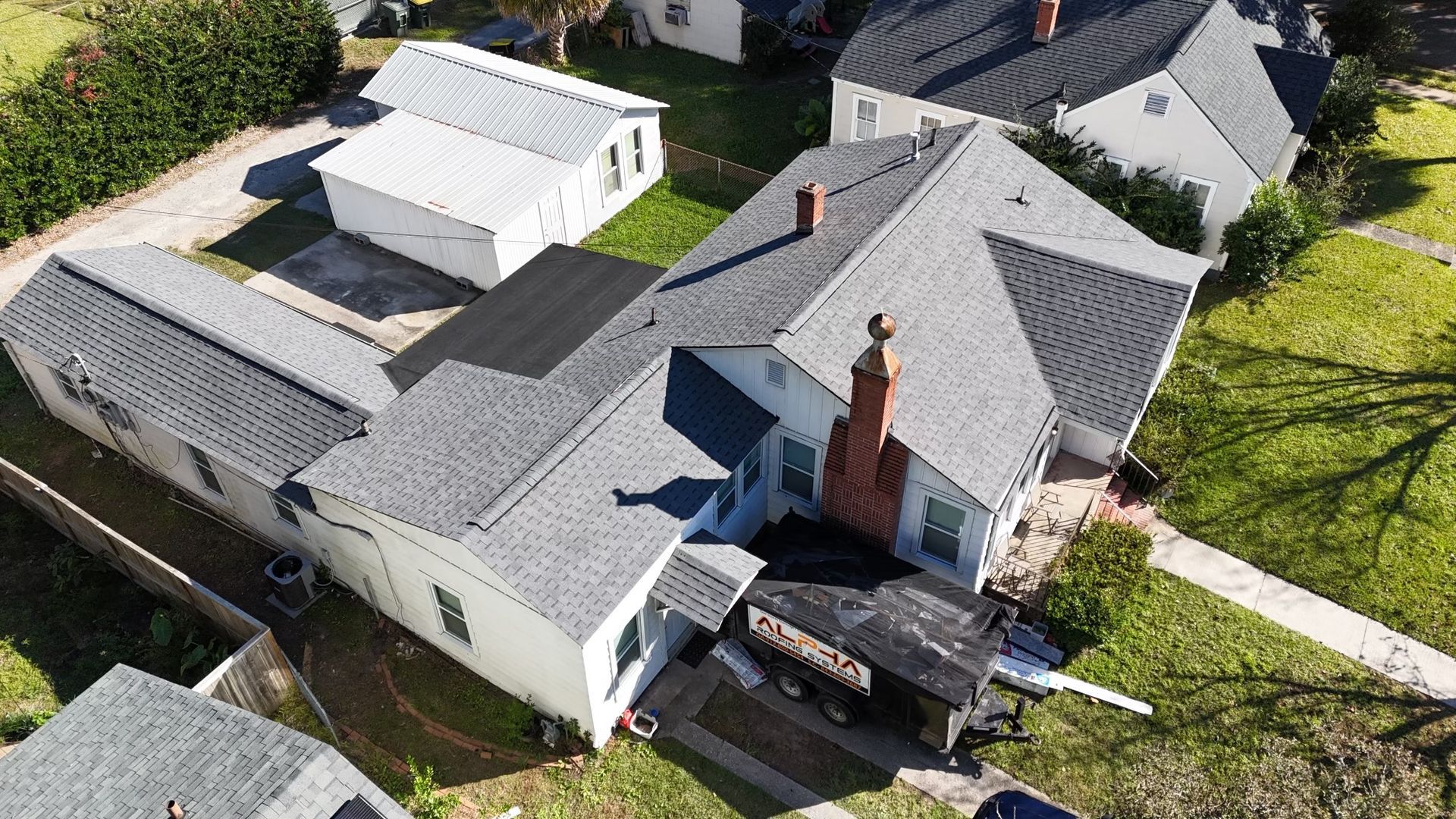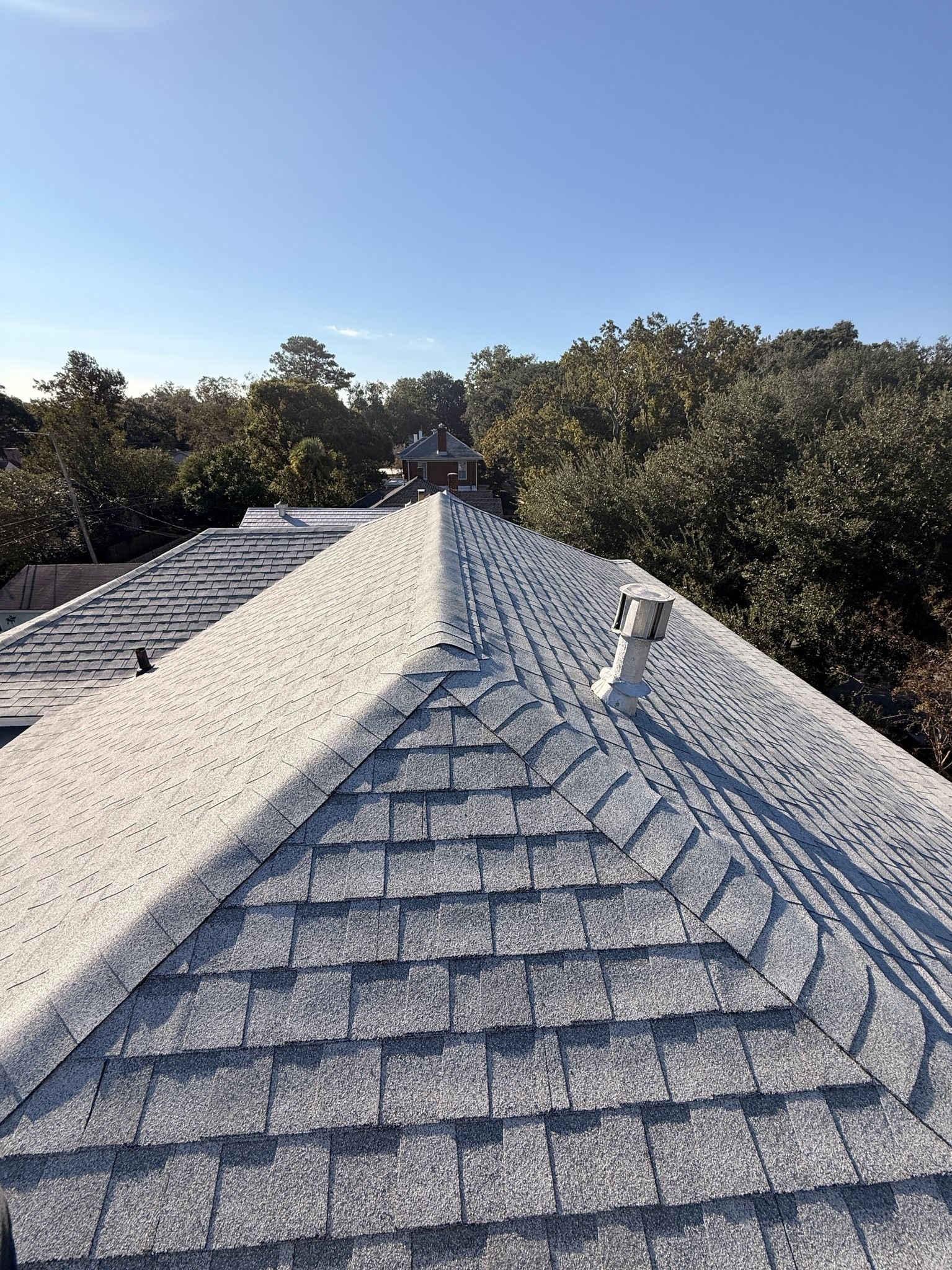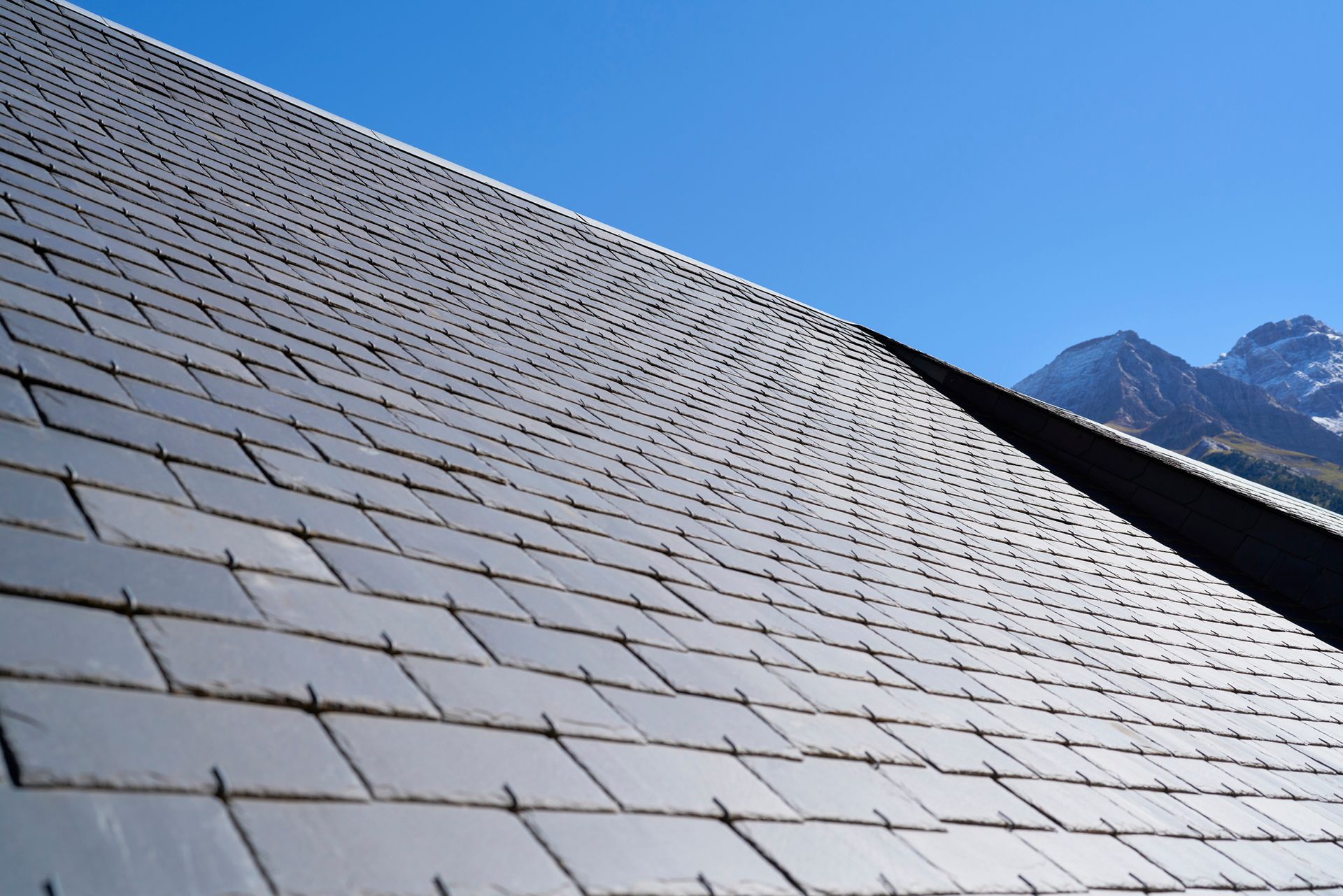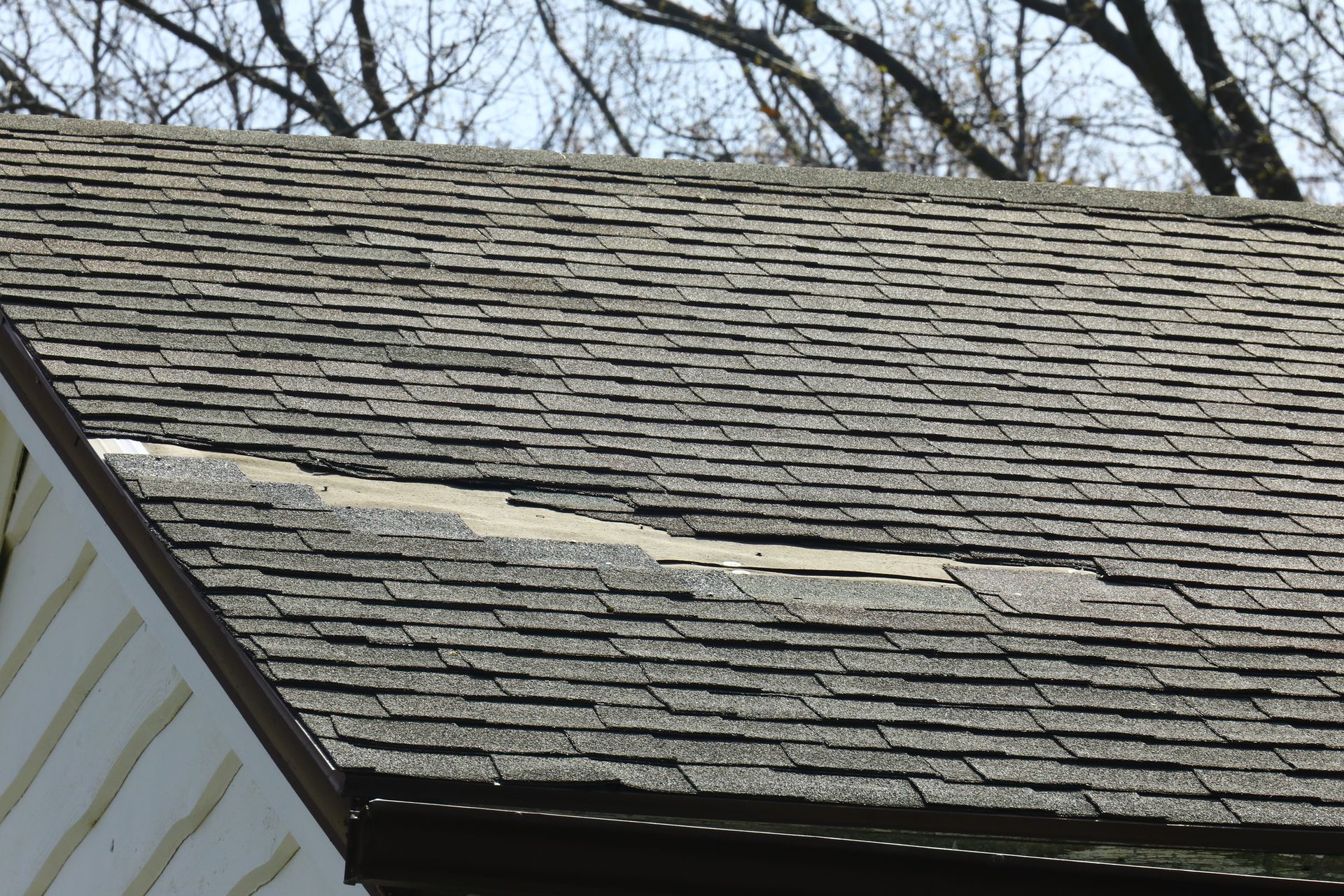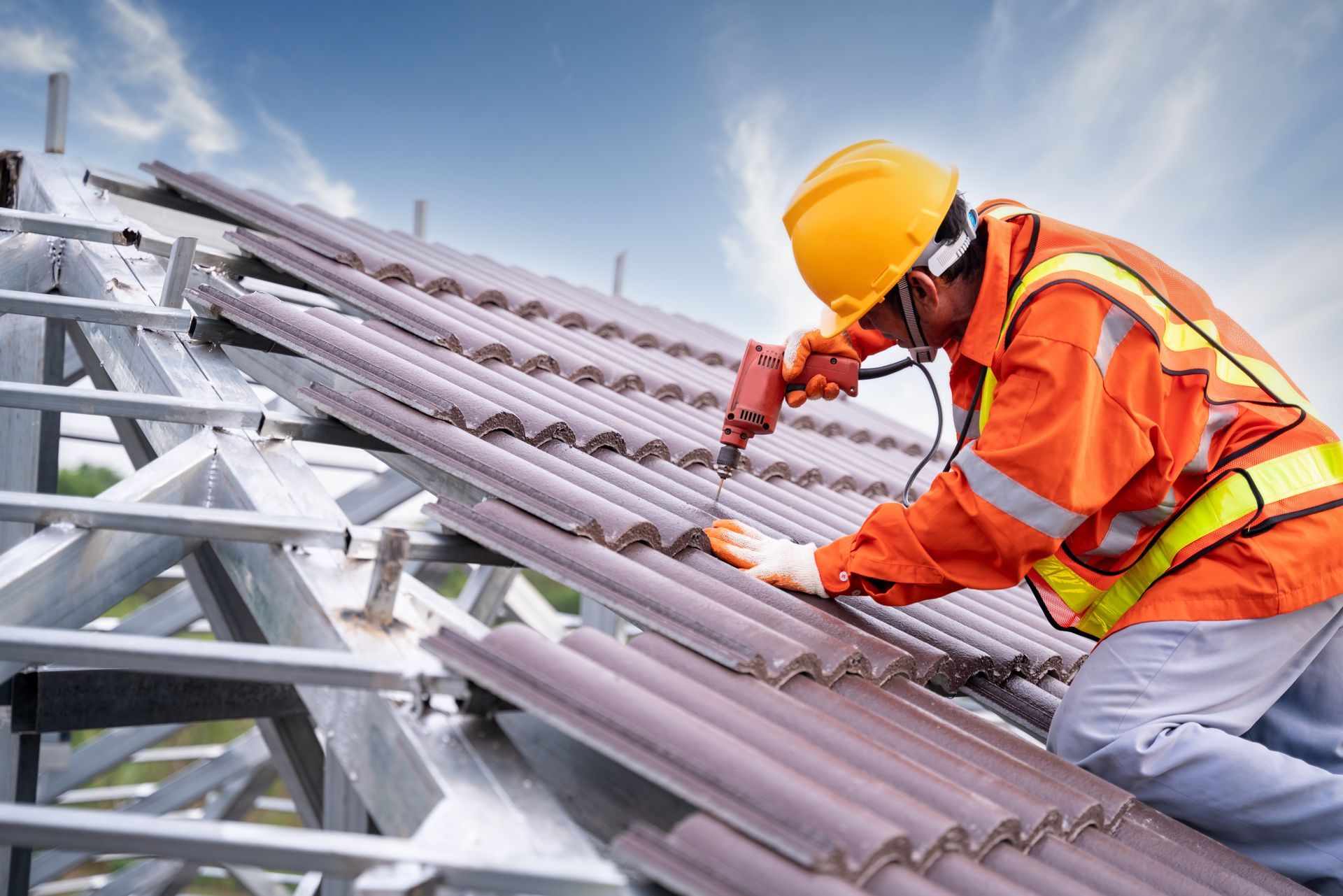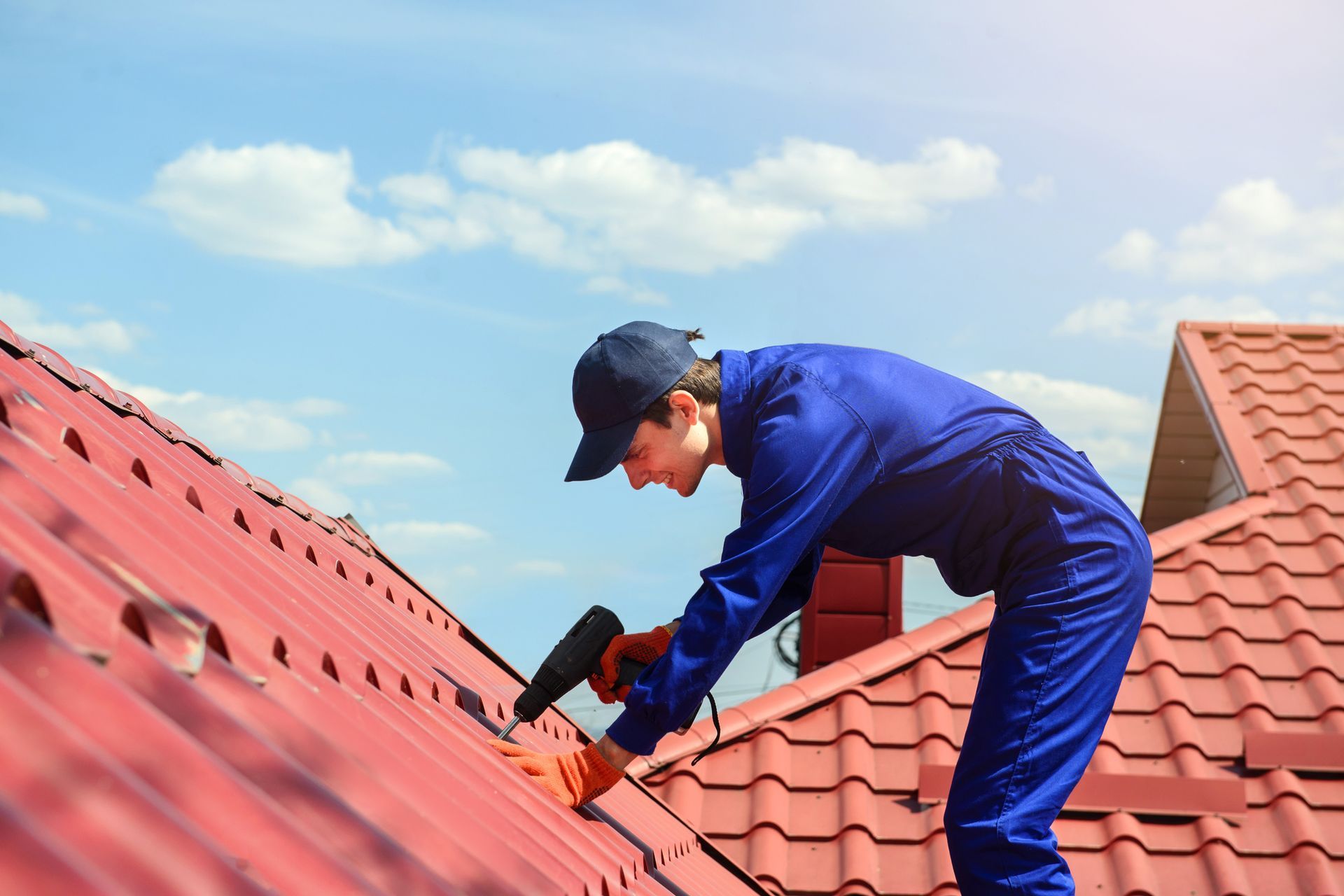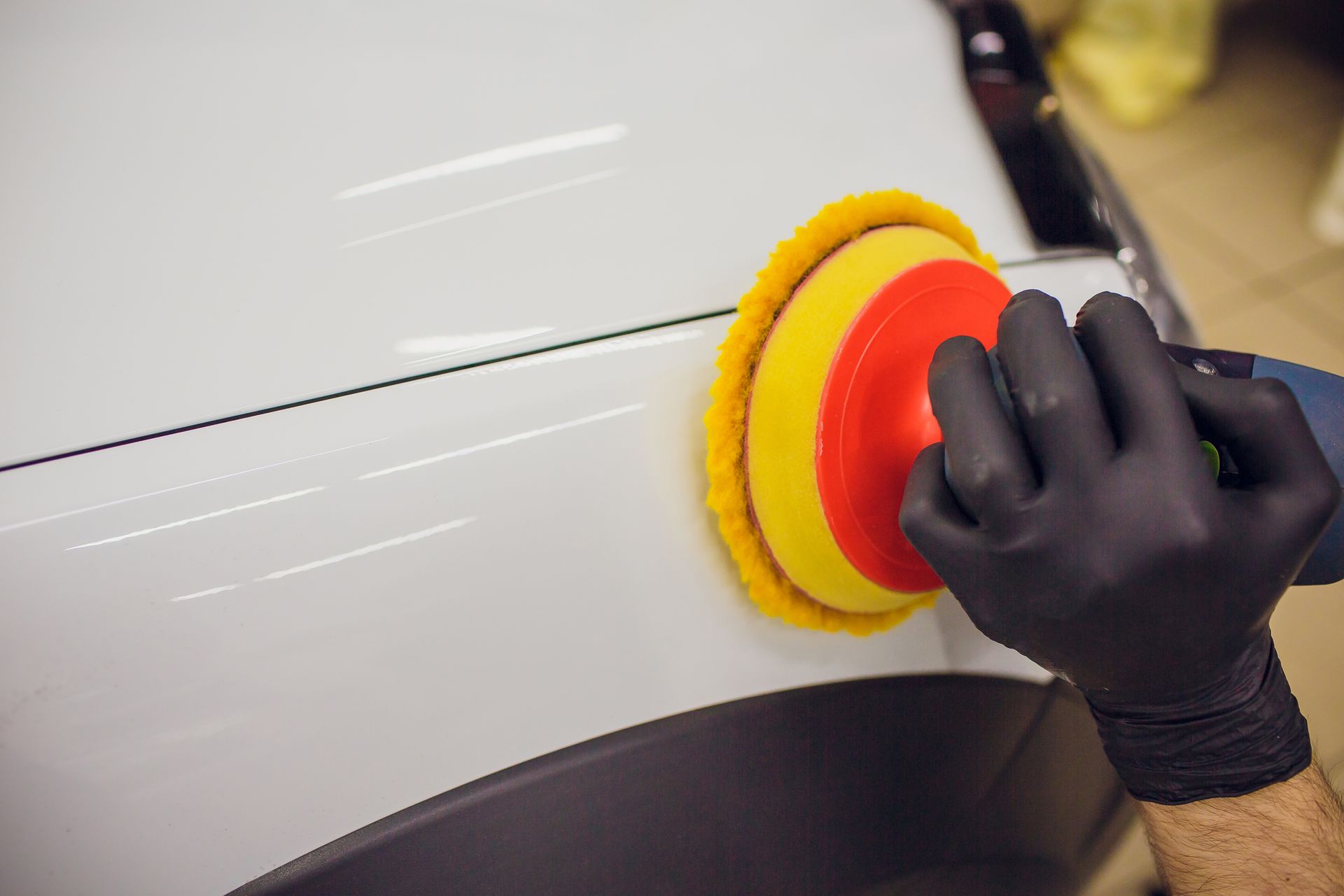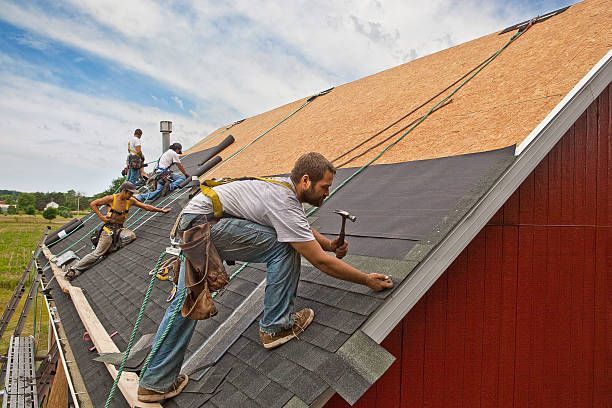Protecting Your Roof From Rainwater Damage
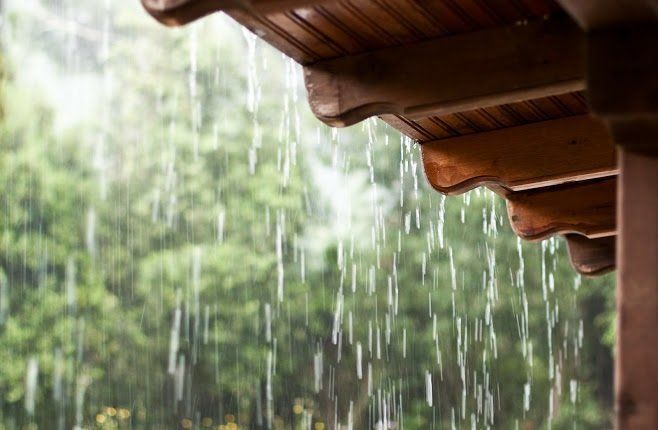
The roof protects your house and its contents from rain damage. However, the roof must bear the brunt of rain damage to do that job. Luckily, the following things can help keep such damage at bay.
Adequate Pitch
The longer rainwater stays on the roof, the more it has the opportunity to do damage. Installing a roof with adequate pitch is one way to accelerate roof drainage. In fact, flat roofs struggle with water drainage more than pitched roofs.
Various factors, including building codes, local weather, and roofing materials, determine the adequate pitch. A local roofing contractor will be able to size and design your roof with an adequate pitch for the region.
Adequate Drainage System
A good roofing design doesn't rely on gravity alone to channel water off the roof. Rather, it must have a good drainage system to collect and drain the water. Roofing contractors recognize different forms of roof drainage systems. For example, the following drainage systems are common with flat roofs or low-slope roofs:
- Scupper systems, which are external outlets that accept water draining from an opening through the roof's edge
- Internal drains, which consist of openings on low points of the roof which feed into internal drain pipes
- Gutters (for low-pitched roofs), which accept water flowing down the roof via gravitational force and directs it into downspouts
Any of these drainage systems work well as long as a professional designs and installs it
Clean Drainage Systems
A drainage system only works if it's clear. For example, leaves and asphalt granules from the roof can accumulate in the gutters and block water flow. The blocked water can seep back under the roof and cause damage. The accumulated water and debris can also overload the gutters and cause them to detach or lose their pitch.
Clean your drainage systems regularly to avoid such issues. In addition to regular cleaning, you should also clean the drainage systems after extreme storms. Such storms usually deposit debris on roofs, blocking the drainage system and reducing its efficiency the next time it rains.
Waterproofing
Even minimal rain can damage your roof. For example, even a little moisture can accelerate corrosion and rot on roofing materials. Waterproofing the roof will mitigate such damages. Different waterproofing methods are possible. For example, you can:
- Install a waterproofing membrane
- Apply a waterproofing coating
- Apply a waterproofing paint
Cost, durability, required maintenance, and functions are factors to consider when choosing waterproofing techniques. For example, some waterproofing products also protect the roof from ultraviolet (UV) radiation damage.
Regular Inspections
Inspect the roof regularly to identify and correct emerging issues. You don't have to walk on the roof to inspect it - you can inspect it from a ladder or the ground. For example, you should suspect granule loss from asphalt shingles if you can see discolored patches on sections of your roof or granules in the gutter.
Conduct regular professional inspections in addition to your DIY inspections. The professionals have the skills and tools to go up on the roof and inspect every surface. A professional inspection just before the storm season begins is especially useful.
Timely Repairs
Rain rarely causes sudden or catastrophic roof damage. Most of the damage occurs over time. Thus, you can prevent extreme rainfall damage by fixing problems before they worsen. For example, a couple of missing shingles, a single lose gutter, or a discolored spot on the roof might not mean much. However, all can lead to extreme roof problems without timely repair.
Professional roofing contractors know what it takes to prevent weather-related roof damage. With over 20 years' experience, Alpha has the necessary skills and experience to install and maintain your roof. Contact us for a quote on all roofing services you need.


